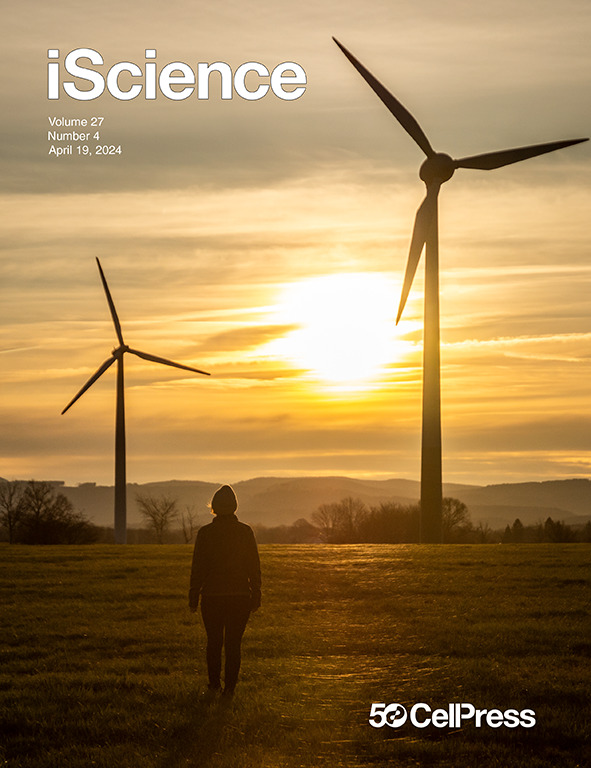Enhancing cellulase biosynthesis of Bacillus subtilis Z2 by regulating intracellular NADH level
IF 4.6
2区 综合性期刊
Q1 MULTIDISCIPLINARY SCIENCES
引用次数: 0
Abstract
Optimizing cellulase biosynthesis in Bacillus subtilis is crucial for enhancing enzymatic yield in lignocellulosic biomass conversion. However, the regulatory mechanisms linking intracellular NAD(H/+) levels to cellulase production remain elusive. In this study, we systematically screened 13 genes associated with NAD+ biosynthesis and NADH regeneration in B. subtilis Z2. Employing a modular engineering strategy with four distinct modules, we directed metabolic flux to enhance NAD+ biosynthesis and NADH regeneration. Key genes (ycel, nadV, nadM, mdh, and sucB) were identified, and their co-expression in B. subtilis Z2 resulted in a 13.09-fold increase in intracellular NADH levels and a consequential 2.24- and 2.04-fold enhancement in the filter paper-hydrolyzing (FPase [representing total cellulase]) activity and carboxymethylcellulose (CMCase [representing endoglucanase]) activity, respectively. Experimental validations, including antagonist LaCl3 treatment and spcF gene deletion, unequivocally established the calcium signaling pathway’s role in regulating cellulase gene overexpression in response to elevated intracellular NAD(H/+) levels.

求助全文
约1分钟内获得全文
求助全文
来源期刊

iScience
Multidisciplinary-Multidisciplinary
CiteScore
7.20
自引率
1.70%
发文量
1972
审稿时长
6 weeks
期刊介绍:
Science has many big remaining questions. To address them, we will need to work collaboratively and across disciplines. The goal of iScience is to help fuel that type of interdisciplinary thinking. iScience is a new open-access journal from Cell Press that provides a platform for original research in the life, physical, and earth sciences. The primary criterion for publication in iScience is a significant contribution to a relevant field combined with robust results and underlying methodology. The advances appearing in iScience include both fundamental and applied investigations across this interdisciplinary range of topic areas. To support transparency in scientific investigation, we are happy to consider replication studies and papers that describe negative results.
We know you want your work to be published quickly and to be widely visible within your community and beyond. With the strong international reputation of Cell Press behind it, publication in iScience will help your work garner the attention and recognition it merits. Like all Cell Press journals, iScience prioritizes rapid publication. Our editorial team pays special attention to high-quality author service and to efficient, clear-cut decisions based on the information available within the manuscript. iScience taps into the expertise across Cell Press journals and selected partners to inform our editorial decisions and help publish your science in a timely and seamless way.
 求助内容:
求助内容: 应助结果提醒方式:
应助结果提醒方式:


